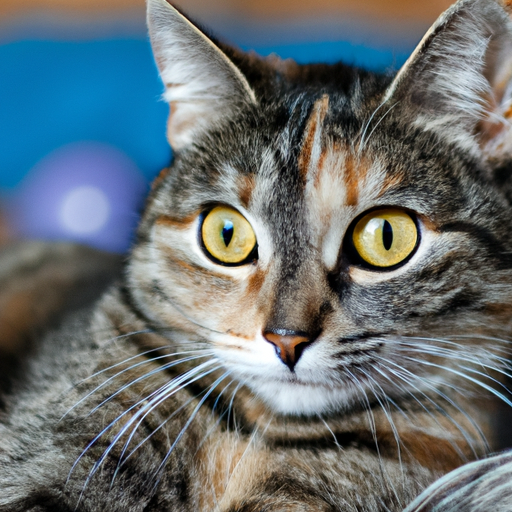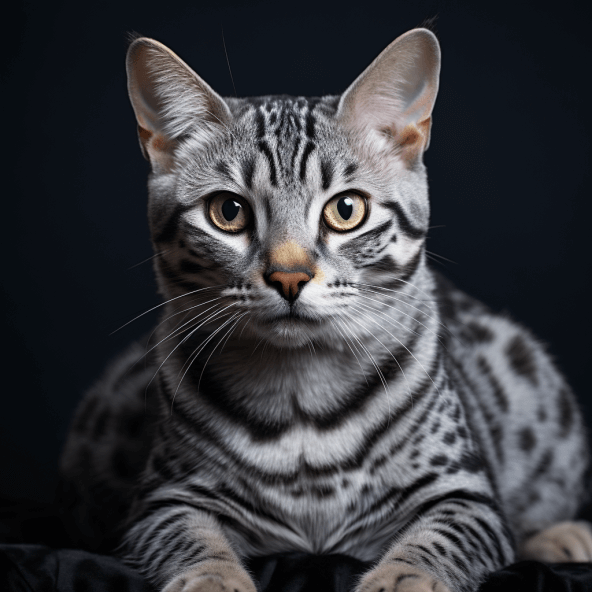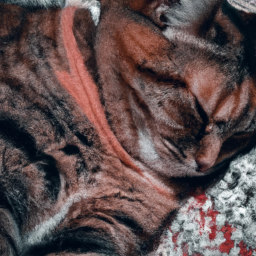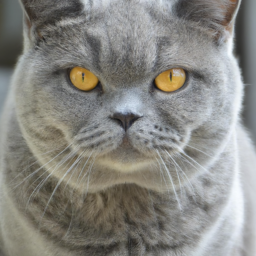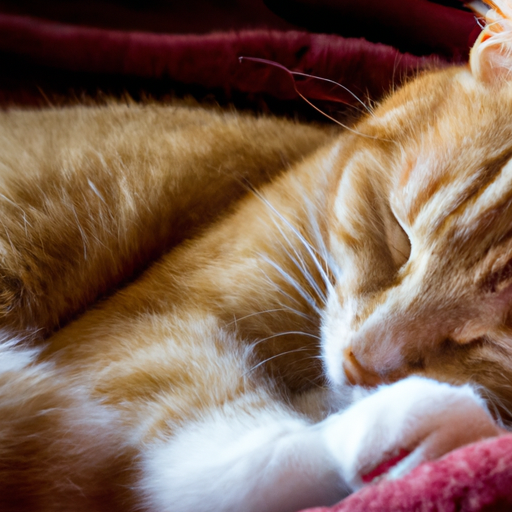How Many Toes Do Cats Have
Ever been curious about the number of toes your feline friend has? In this fascinating article, “How Many Toes Do Cats Have”, you will discover the mystery behind your cat’s amount of toes. Your understanding of the normal toe count in cats, why it may vary, and what deviations from the norm could mean will be greatly furthered through this engaging and helpful information. Get ready to become an expert on another one of those often-overlooked cat facts.
Cats Physical Traits Overview
When you take a close look at your furred friend, you’ll notice a series of unique physical traits that make cats one of the most adaptable and versatile creatures on the planet.
Identifying Features of Cats
Cats come in a variety of shapes, sizes, and colors, but all share a few common physical traits. These include pointy ears, long tail for balance, retractable claws, and short snouts. Most striking is perhaps their extraordinary eyes which allows them to see clearly even in near darkness.
Genetic Variations in Cats
Interestingly, genetic variations are common in cats. From coat color, pattern and texture to body shape and eye color, each cat breed has a distinct combination due to thousands of years of genetics and evolution.
Traits Specific to Domestic Cats
Domestic cats, also known as Felis catus, have some traits which are unique to them. They are generally smaller, friendlier, and less aggressive than their wild counterparts. These cats have adapted to live harmoniously with humans and often develop bonds with their owners.
Traits Specific to Wild Cats
On the other hand, wild cats like lions, tigers, leopards, and cheetahs, are bigger and more solitary animals. These cats have evolved to survive in various harsh environments, hence they have specific traits like stronger muscles, sharper claws, and more camouflaged coats.
Understand Normal Toes Count in Cats
When it comes to understanding cats, knowing their anatomy is a great start. This includes understanding the anatomy and function of a cat paw, particularly their toes count.
Anatomy of a Cat Paw
Cat paws are unique in their design. Each paw is composed of multiple parts including hair, skin, bones, ligaments, blood vessels, and nerves. The toes, in particular, have sharp retractable claws that allow them to keep a firm grip, climb objects, and catch prey.
Toes Count in Front Paws
Each front paw of a normal cat has five toes. The extra toe on the inner side of the paw, which looks a bit like our thumb and is called a dewclaw, isn’t typically used for walking and doesn’t make contact with the ground.
Toes Count in Back Paws
Whereas, the back paws have just four toes, lacking the dewclaw. These back toes, along with the front ones, provide cats with the agility and balance they need to move swiftly and nimbly.
Function of Each Toe
Every toe in a cat’s paw serves a specific purpose. They help in grip and traction while walking or running. They add to the flexibility and dexterity when catching prey and assist in maintaining balance when climbing trees.
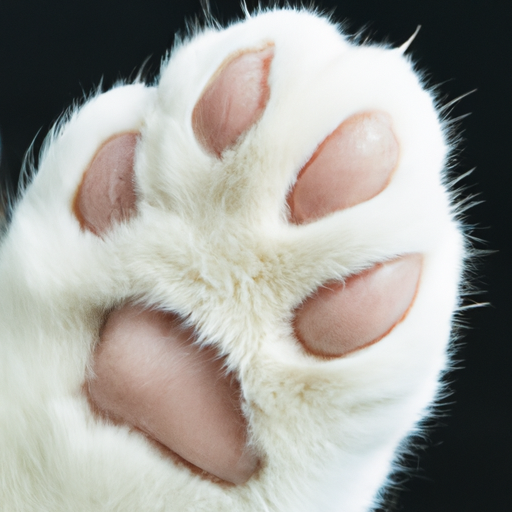
Polydactyl Cats: An Exception
While most cats have a standard toe count, there are unique exceptions. Polydactyl cats, meaning ‘many-fingered’, are cats with more than the usual number of toes.
Understanding Polydactylism
Polydactylism is a genetic mutation that results in additional toes per paw. While harmless, it does make for a unique, almost “mittened” appearance of a cat’s paw, similar to a human hand.
More Toes in Polydactyl Cats
Polydactyl cats may have anywhere from six to nine toes on their paws. The extra toes aren’t just ornamental; cats can use them just like any other toe. Some polydactyl cats even appear to be more capable of gripping objects.
How Polydactylism Occurs
The cause of polydactylism remains somewhat a mystery, but it’s generally accepted to be a genetic mutation that’s inherited in an autosomal dominant manner. It’s completely a natural anomaly and doesn’t hinder the cat’s functionality or health.
Famous Polydactyl Cats
Ernest Hemingway was famously a fan of polydactyl cats, hence these cats are often known as “Hemingway cats.” The legacy continues with a number of polydactyl cats residing in his former home, now turned museum, in Key West, Florida.
Genetics of Cats Toe Number
Genetics plays a significant role in determining certain physical traits in cats including the number of toes they have.
Inherited Traits
The number of toes in cats is an inherited trait, controlled by dominant and recessive genes. The dominant gene usually controls the normal toe count, while the recessive gene can cause polydactyly.
Gene Mutations Causing Extra Toes
Certain gene mutations can cause a cat to develop more than the usual number of toes. This is observed in polydactyl cats where the anomaly is the result of just such a mutation.
Dominant and Recessive Genes in Cats
In genetic terms, cats with a normal number of toes have two copies of the dominant gene. Cats with extra toes have at least one copy of the mutated gene which is dominant, causing the extra toe(s) to develop.
How Polydactyly Passes down the Lineage
A cat with the polydactyl gene has a 50% chance of passing it on to its offspring. Interestingly, if both parent cats are polydactyl, the probability of polydactyl kittens is almost 100%.
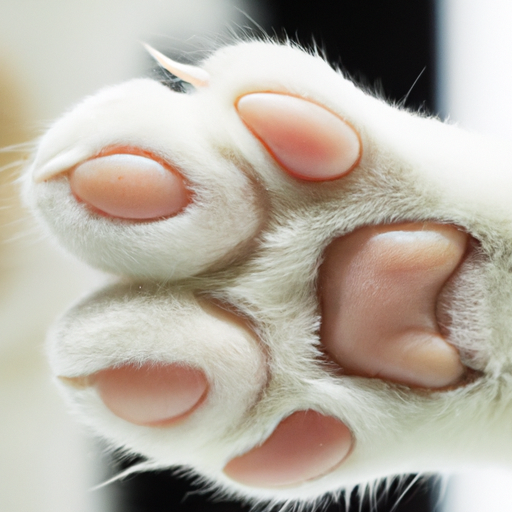
Caring for a Polydactyl Cat’s Extra Toes
Polydactyl cats are just like any other cat. However, the extra toes do warrant some additional care.
Special Care for Polydactyl Cats
These cats may need more frequent nail trims, as their extra toes can sometimes make it harder to walk or chase. Owners should take extra efforts to ensure their nails aren’t growing into their paw pads.
Grooming Extra Toes
The spaces between the extra toes can sometimes harbour dirt or debris, which can lead to infection if not cleaned regularly. Therefore, these “hidden” spots need extra attention during grooming.
Health Considerations for Polydactyl Cats
Polydactyl cats are generally healthy and suffer from no additional health risks due to their extra toes. However, they should still receive regular veterinary check-ups to ensure the additional digits are not causing any discomfort.
Living with a Polydactyl Cat
Having a polydactyl cat is not much different from having a cat with a standard toe count. They are just as affectionate, intelligent, and active. The additional toes simply add to their uniqueness.
Interesting Facts about Cat Toes
Curious about cat toes? Here are some fun facts!
Facts on Normal Toes Count
A normal cat will have a total of 18 toes – five toes on each front paws and four on each hind paw. The dewclaw on the front paw could be likened to an opposable thumb.
Facts on Polydactyl Cats
The Guinness World Record for the cat with the most toes currently sits with a Canadian polydactyl cat, named Jake, who boasted 28 toes in total!
Facts on Cat Paw Pads
Cat paw pads are thick and filled with fatty tissue to help absorb shocks. They are also great thermal insulators and protect from both hot and cold suraces.
Facts on Cat Claws
Cats are the only mammals with retractable claws, a trait evolved to protect it from wear and tear while walking and ensure it remains sharp for crucial moments like hunting.
How Cats Use Their Toes
Cats’ toes are integral to a variety of their life activities.
Toes in Mobility and Balance
With their nimble toes, cats exhibit an astonishing degree of mobility, agility, and balance, which are key to their predatory lifestyle.
Toes in Hunting and Catching Prey
Toes, equipped with sharp claws, serve as an important tool in hunting. They allow cats to clutch on to their prey and kill it effectively.
Communication through Toes and Paws
Cats use their toes for communication as well! Kneading, swatting at toys, or simply by the way they walk, a cat’s toes help express emotions and intentions.
Environmental Interaction and Toes Use
Cats’ toes assist them to play, climb, and explore. The ability to retract their claws helps them to move silently, a key advantage when hunting.
Different Breeds, Different Toes Count?
Breed variations are common in cats, but do they influence the toe count?
Breed Variation in Cats and Toes Count
Certain cat breeds like Maine Coons are more likely to have polydactylism, but in general, the number of toes isn’t associated with a cat’s breed.
Most Common Breeds with Polydactyly
Maine Coons are the most common breed with an increased frequency of polydactyly. Genetic traits, especially from feral populations of cats in the colder, northeastern parts of the United States, seem to be responsible for this phenomenon.
Standard Toes Count in Popular Breeds
Regardless of the breed, from Siamese to Persian to Bengal, most cats have a standard toe count of 18.
Does Breed Influence Toe Number?
While genetics play a role in determining the number of toes a cat has, it’s not directly influenced by their breed. Polydactyly is a random, albeit relatively rare, genetic mutation.
Cats Vs Other Animals: A Toes Count Comparison
It’s fascinating to compare cats with other animals in terms of toe count.
Cats Vs Dogs Toe Count
Cats come in slightly ahead compared to dogs, with dogs typically having 16 toes in total. Dogs have four toes on their hind feet and five on their front feet, including a non-weight-bearing dewclaw.
Cats Vs Other Felines Toes Count
Compared to their bigger feline counterparts, like lions and tigers, domestic cats share the same number of toes – 18.
Cats Vs Other Mammals Toes Count
Cats, with 18 toes, stand out among other mammals too. For instance, humans and monkeys have 20 fingers and toes, while horses have only one toe on each foot.
What Makes Cats Unique in Their Toe Count
With a total of 18 toes, cats possess more toes than most mammals. What sets them apart is the occurrence of polydactyly, which can significantly impact the total toe count.
What to Do if Your Cat Has an Unusual Number of Toes
Don’t panic if your cat has an unusual number of toes. It could be a unique genetic trait and usually doesn’t pose any harm.
Identifying Abnormal Toes Count
First, correctly identify if your cat has an unusual number of toes. A standard cat should have five toes on each front paws and four on each hind paw.
Medical Concerns Related to Toes Count
While usually harmless, an unusual toe count can sometimes indicate a medical issue. Polydactyl cats can sometimes suffer from a condition called radial hypoplasia, which can cause deformities in the legs.
Visiting the Vet for Toes Count Concerns
Always consult your vet, if you’re worried about your cat’s toes count or notice any unusual behavior or discomfort. They can examine your cat, provide correct information and reassure you.
How to Help a Cat with Unusual Toes Count
Regular grooming, attention to their paw health and providing comfortable and easy-to-grip surfaces in the house can significantly enhance the wellbeing of a cat with an unusual number of toes. Take your time to admire the unique, flexible, and multi-function marvel that is a cat’s paw. You’ll gain a whole new appreciation for your feline friend’s adaptability and evolutionary prowess!


